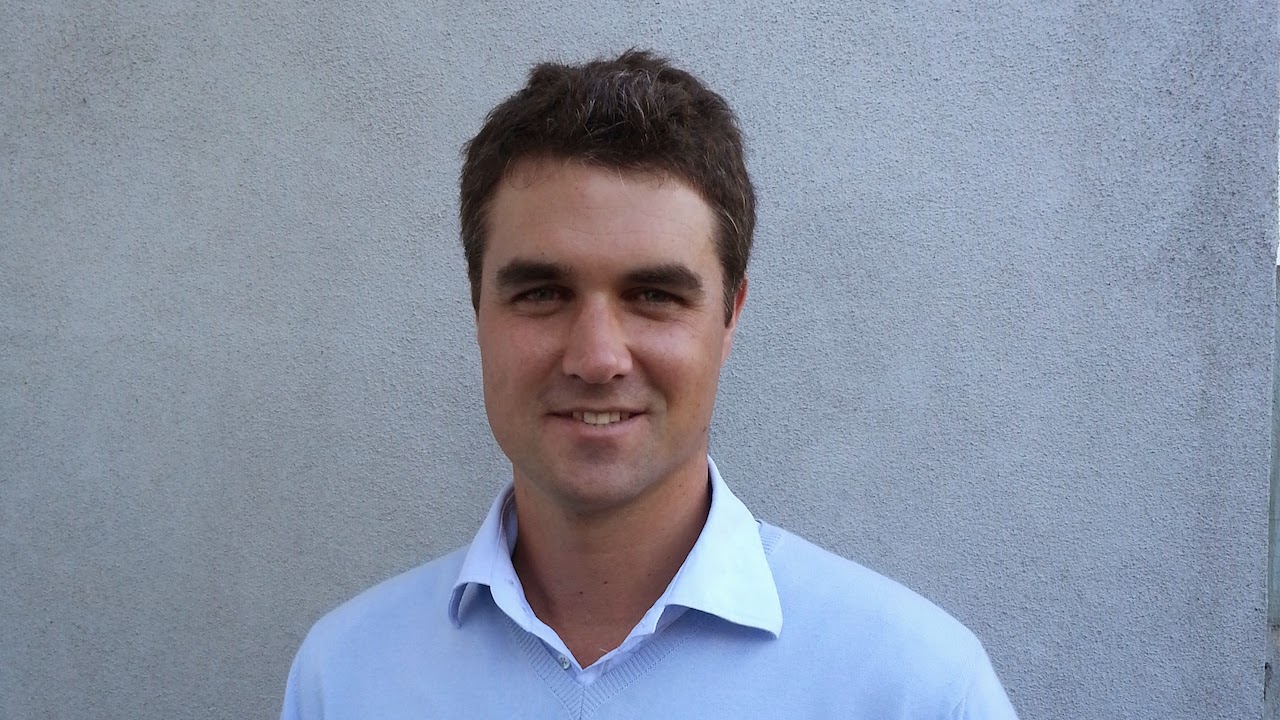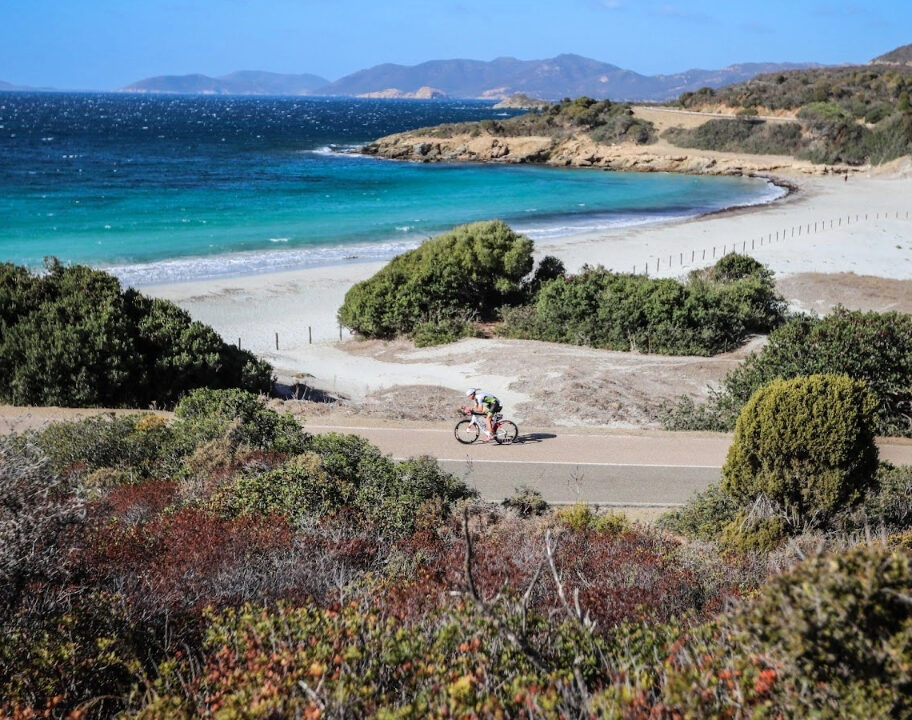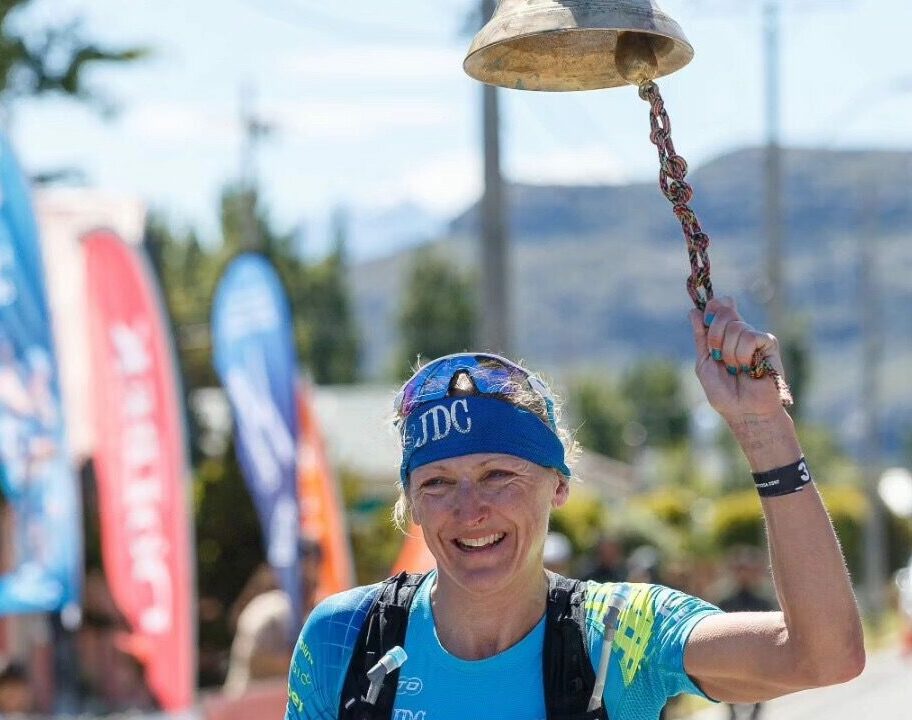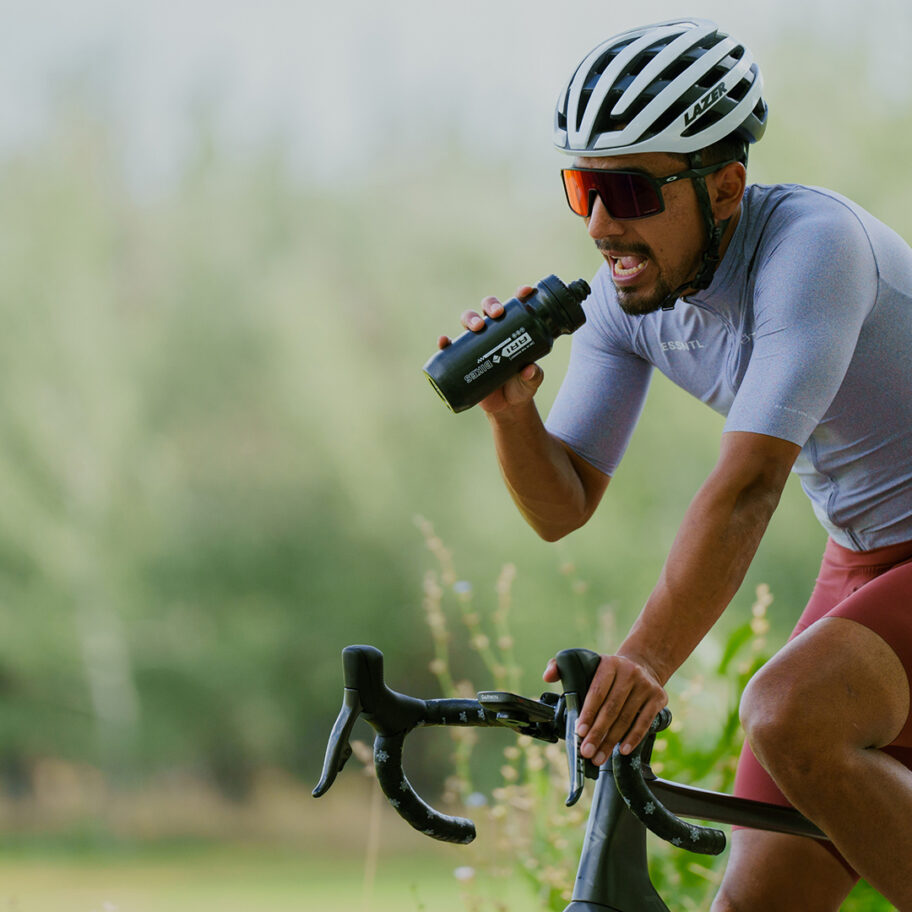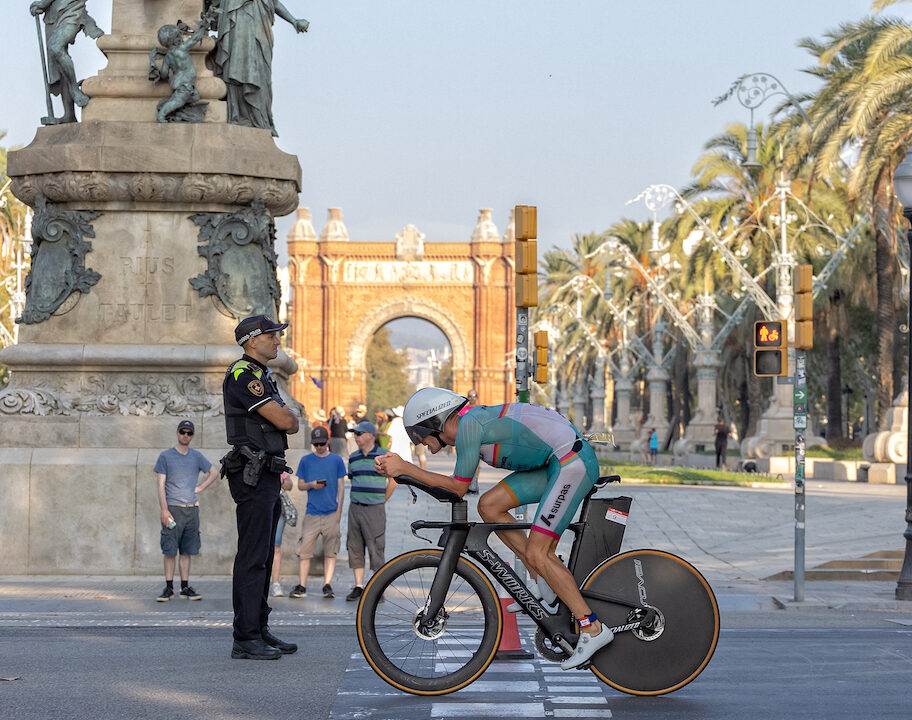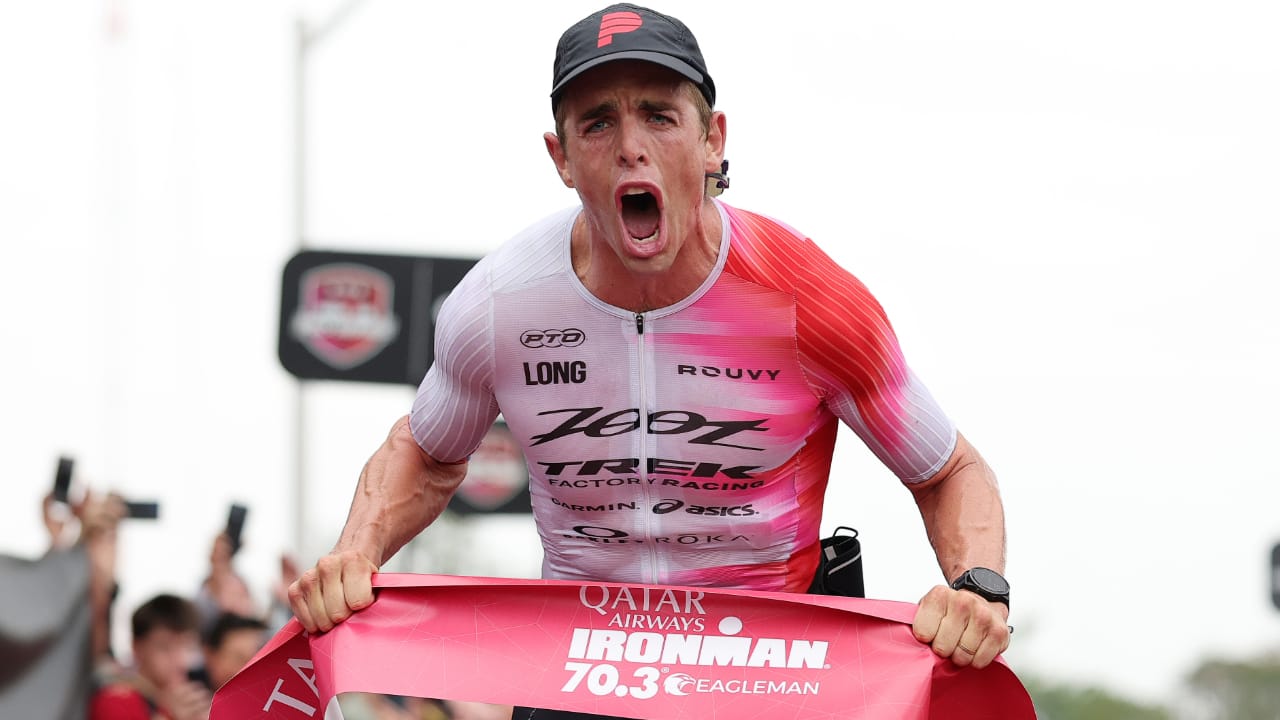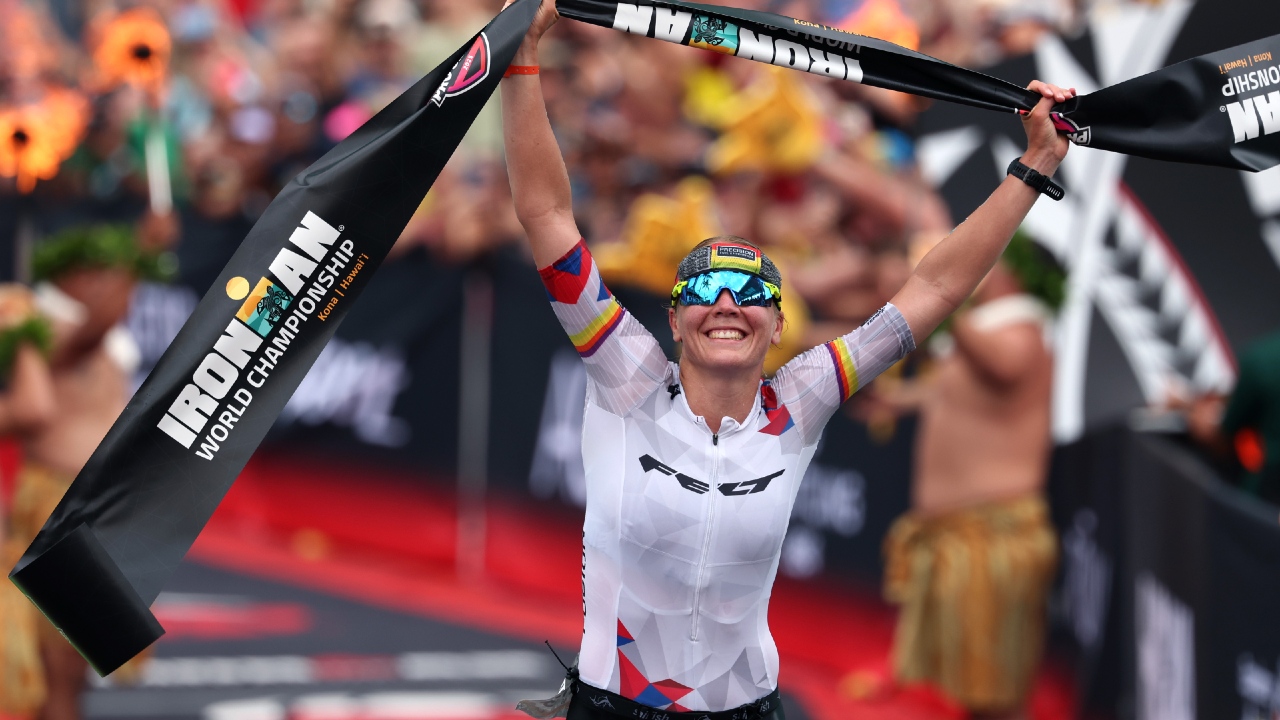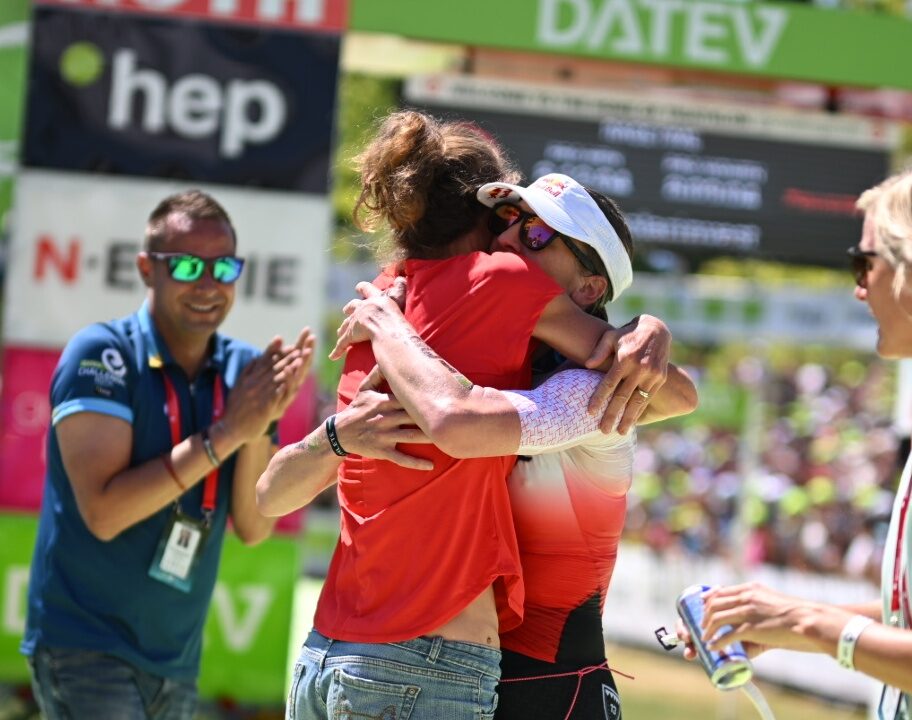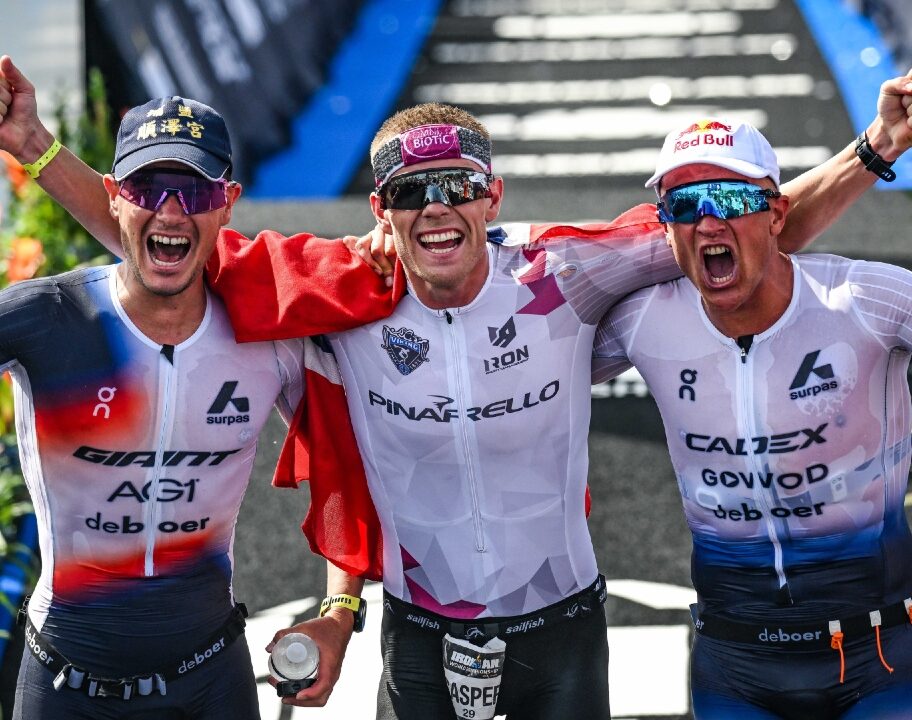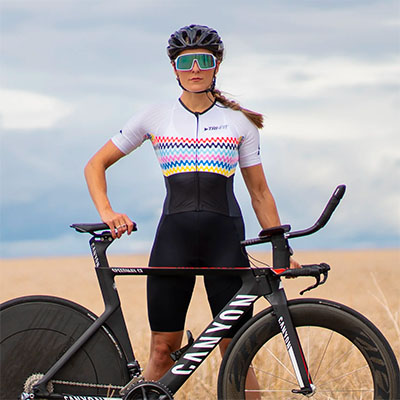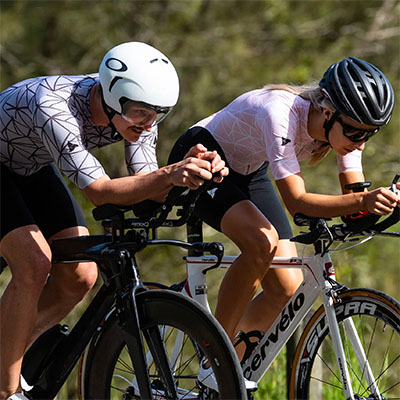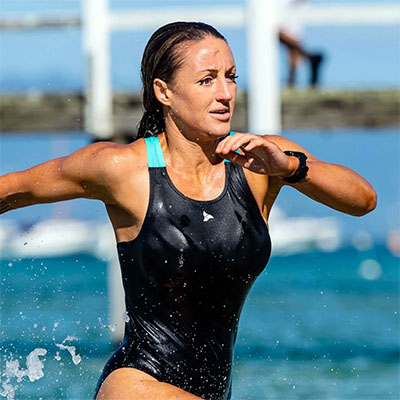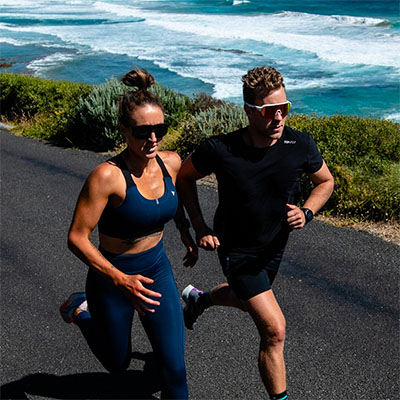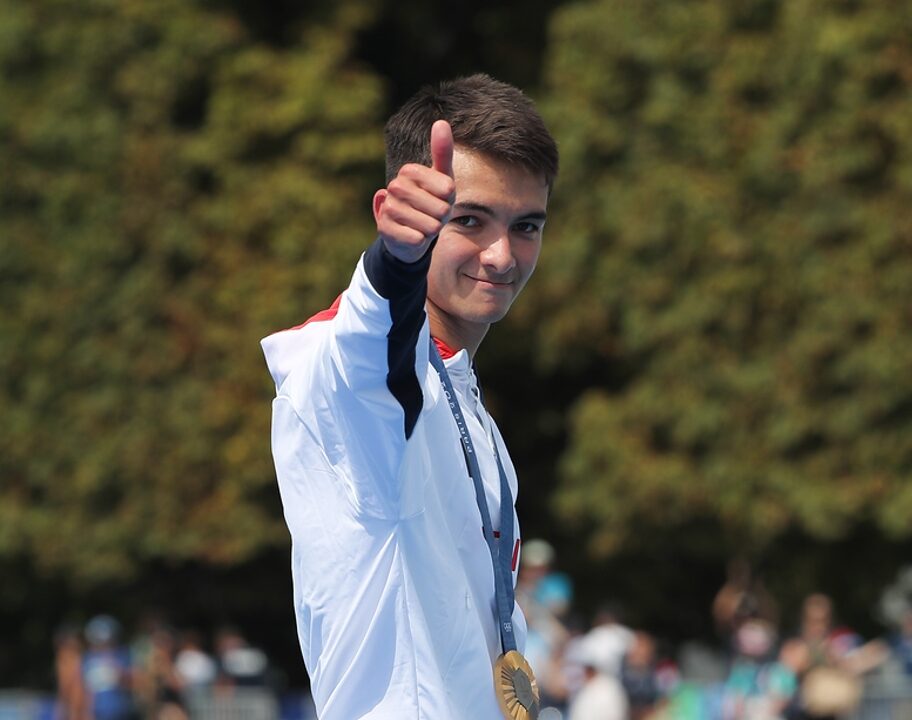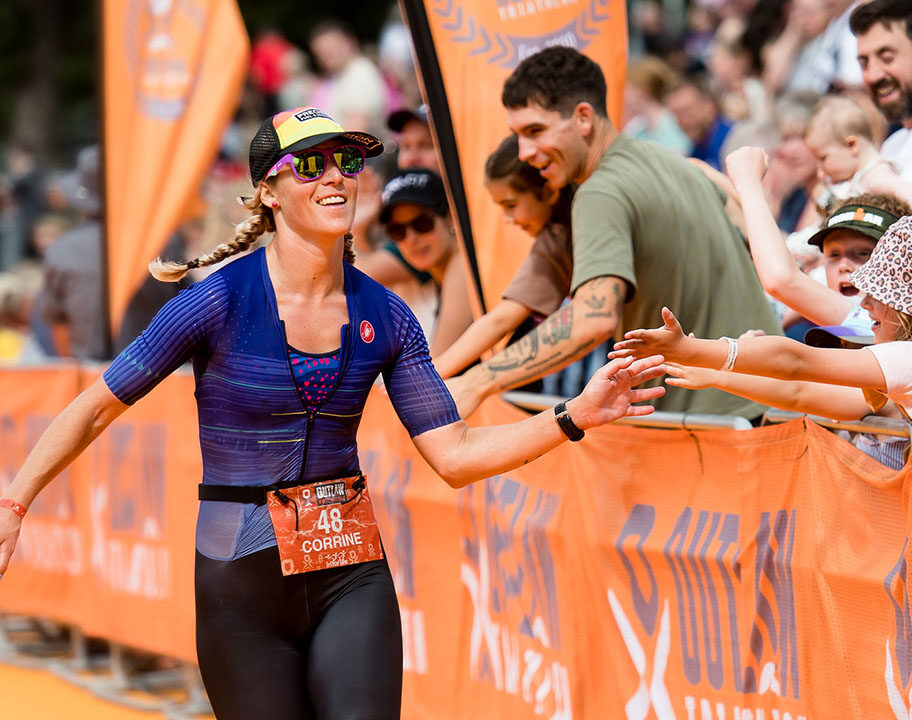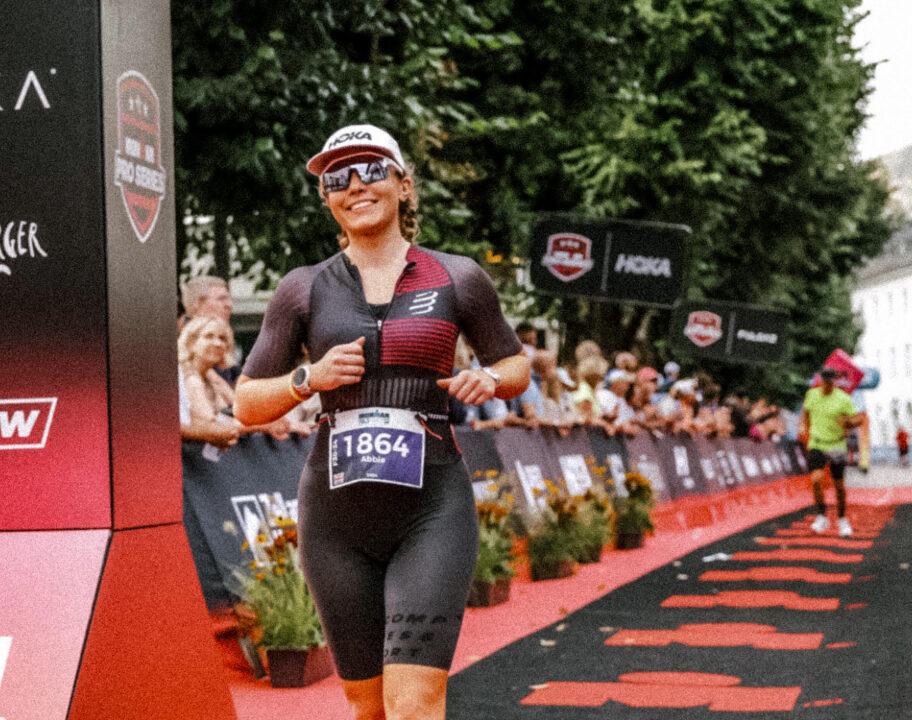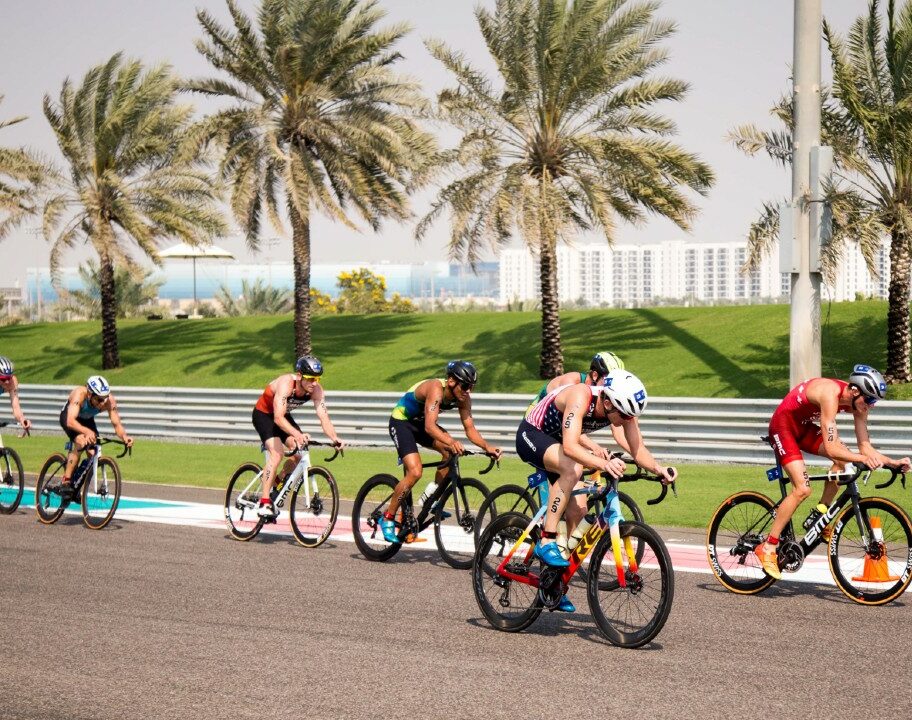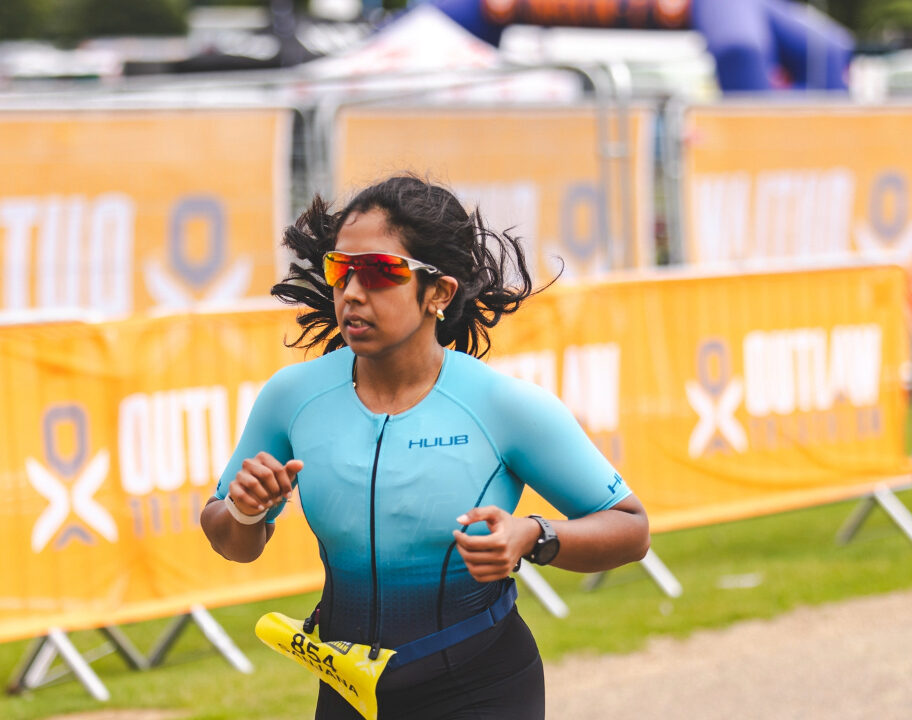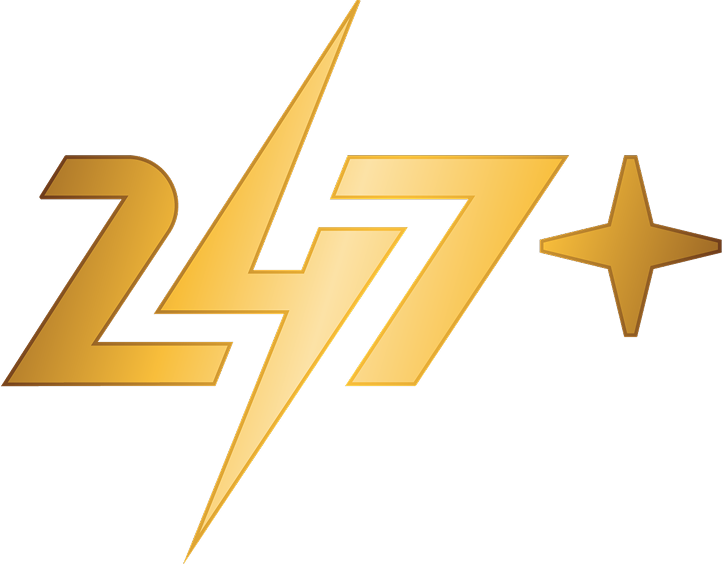RaceRanger will be on motorbikes next season, if not sooner, the company’s co-founder and CEO James Elvery has told TRI247.
RaceRanger is an electronic distance measurement system for triathlon racing that detects illegal drafting and documents violations objectively.
It took another big step forward after Challenge Roth recently when the data for the two pro races was made public, something which was instigated by Sam Laidlow, who went on to notch a famous win in Bavaria.
But earlier this week top British pro Joe Skipper, while praising the difference RaceRanger has already made, suggested that a bigger issue than athletes drafting was the impact motor bikes are having on races around the world.
He said: “I personally think the ideal thing would be to put something on motorbikes in races so we can see the data.
“A motorbike is a lot bigger than a bike, especially when you’ve got two people on the back. So all of a sudden you could have 400 kilos going through the air, which is just moving so much air out of the way compared to an athlete on the bike.”
Work in progress
So we reached out to Elvery to see whether that is viable – and whether it’s something RaceRanger are already looking into.
And his rapid response was a ‘yes’ on both counts, though he did caution that plenty of challenges remain.
He told TRI247: “We are working on this as part of our current work. Right now our system has a front and a rear unit. We are making changes to the way it works, to enable competitive [age-group] athletes to have two units just like the pros do today, and then for other athletes, who perhaps aren’t racing to earn a slot or win their age group, to have just the rear unit.
“This requires some changes to the way the software logic works out who is in front of who and determines overtakes precisely. Once we have a system that can operate as just a rear unit in this way, that could quite easily be extended to all the motorbikes.”
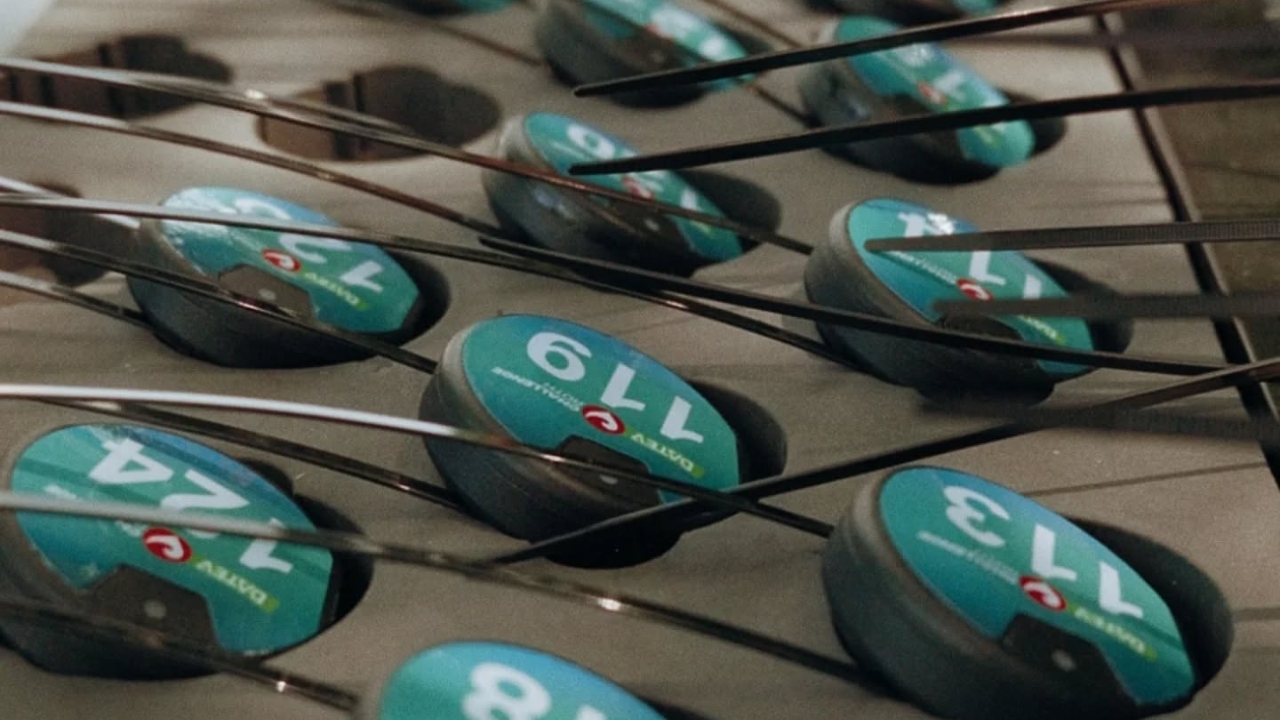
‘Safety always the first consideration’
In terms of the intricacies as to how that might work, Elvery explained: “The distance allowance would be set differently, and the driver would get a full screen notification on their phone on their dash-cradle that they are too close to a following rider and should get further ahead.
“This is how it would work for a simple situation. We need to also make sure that having these devices on the rears of the motos doesn’t get mistaken for an athlete, while for example passing a train of riders. There needs to be no change to the existing functionality in terms of what the athletes see in front of them in that situation.
“It also raises the question of how far ahead is far enough? We still want that camera moto to get some great shots of the race right?
So if you say ‘okay, but let’s just make them only film from behind the riders’, well the problem there is that there is always another athlete behind the moto somewhere on the course.
“If the moto is following three riders filming from behind, and 200m behind them there is another group approaching, at what point does that moto have to get out of the gap? When the gap closes to 100m? 50m?
“Then if you have five riders in a line, or maybe 10, you’ll basically never be able to get a shot of the front of the race. There’s a draft effect of zooming up on the other side of the road to overtake them all as well I expect.
“Then there are officials on motos out there as well that need to be amongst the action, and often a mechanic on a moto as well. Safety should and will always remain the first consideration.
“So it’s a complex problem; not that straightforward to solve I believe if we still want the race to be filmed and policed as we currently do.”
Learning process
It’s a fascinating subject and while there’s still plenty to think about, it’s encoraging to know it’s already a work in progress.
And Elvery signed off for now by summarising the current position as follows: “Long story short – RaceRanger will be on motorbikes next season if not sooner, however I don’t know with full certainty that it will be a solve-all for the issue.
“Let’s see what we learn once we get it out there and see if the racing fairness can be further improved.”
